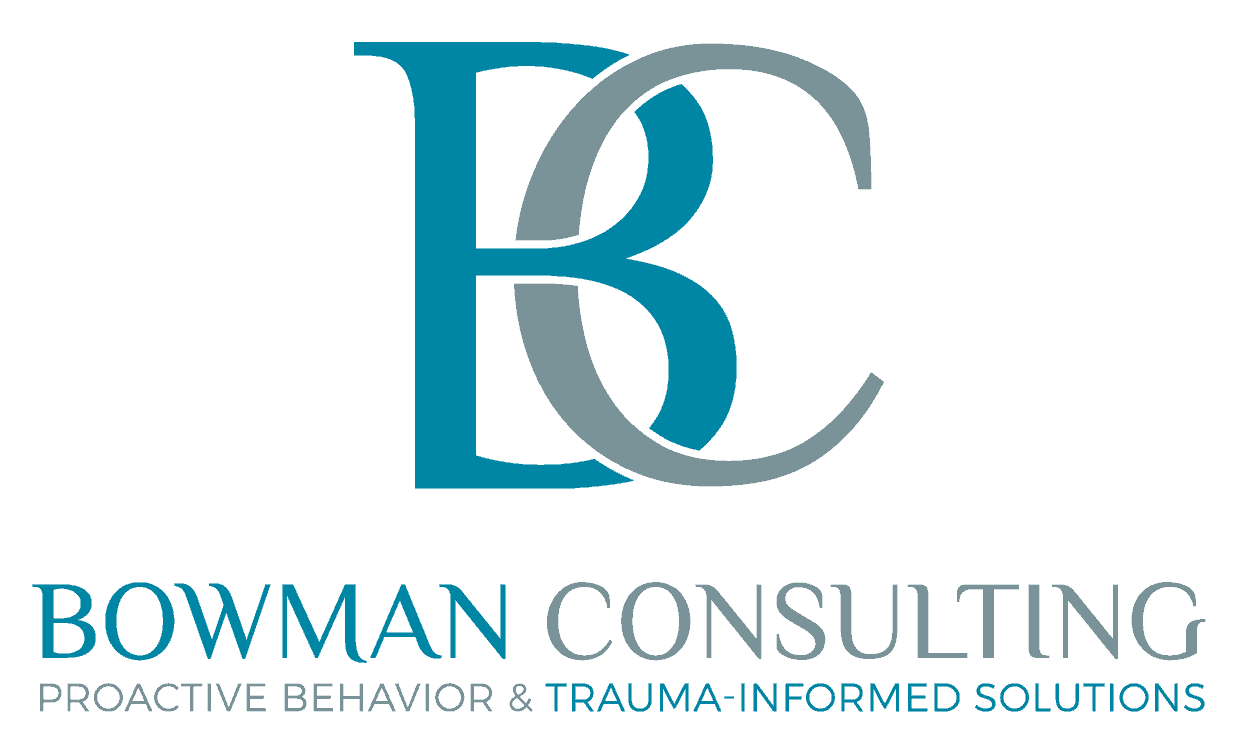HeartMath® The Resilient Heart
Self-Paced Learning with Live Q&A Sessions

Source: HeartMath Institute. (n.d.). Trauma-Sensitive Certification – HeartMath Institute. https://www.heartmath.org/training/trauma-sensitive-certification/
Trauma-Sensitive HeartMath® Course and Certification
This certification course was especially designed by trauma specialists for professionals who provide, or would like to provide, trauma-informed care.
This trauma-sensitive certification course contains 12 hours of trauma-focused video content, parsed into 49 brief episodes. Practitioners learn how to incorporate the HeartMath skill set in a trauma-sensitive manner to build their client’s capacities for resilience, emotional regulation and reconnection with their sense of self-security and well-being.
The tools, techniques and overall HeartMath skill set are taught to be used as an adjunct to support and facilitate a variety of trauma-focused therapies (Cognitive Behavioral Therapy, EMDR, Hakomi, Somatic Experiencing and more) to improve client symptoms associated with traumatic stress. It is not meant to replace or be used in isolation for trauma processing.
Included with this Course:
- 12 hours of self-paced videos – This beautifully filmed, docuseries style course includes knowledge, wisdom and practical tips from 20 trauma specialists.
- HeartMath skill set including 6 techniques – Learn and teach 6 evidence-based HeartMath self-regulation techniques in a trauma-sensitive manner.
- Monthly Q&A with HeartMath Certified Trauma Specialists – Join monthly online Q&A sessions with trauma specialists who are experienced in integrating HeartMath techniques into several different treatment modalities. Join in with a community of trauma-sensitive specialists.
- Personal practice and self-reflection – A key to your success as a practitioner is your own ability to self-regulate and connect more deeply with your heart and the hearts of your clients.
- Comprehensive Resource Library – Resource Library includes client handouts, manual with course notes and relevant publications.
- Certification – Your certificate will read: Trauma-Sensitive HeartMath Certified Practitioner.
In this Course, You Will:
- Learn practical tools to use “in the moment” that build resilience and improve the capacity for emotional regulation for yourself and your clients or patients.
- Learn about heart rate variability (HRV) as a measure of physiological regulation, and how to use HRV biofeedback as an additional tool for self-regulation.
- Learn to use and teach the HeartMath skill set in a trauma-sensitive manner.
- Gain foundational, up-to-date knowledge about the neurophysiology of traumatic stress, attachment, developmental trauma, intergenerational trauma and collective trauma.
- Discover how to integrate HeartMath with other trauma-focused therapies including EMDR, Brainspotting, somatic-based practices, exposure and wilderness and cognitive behavioral therapy.
- Learn new and powerful perspectives of how the intelligence of the heart can help to address some of the most challenging aspects of trauma’s impact on the mind and body.
Course Content – 8 Parts


